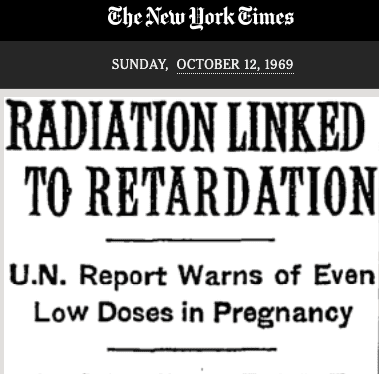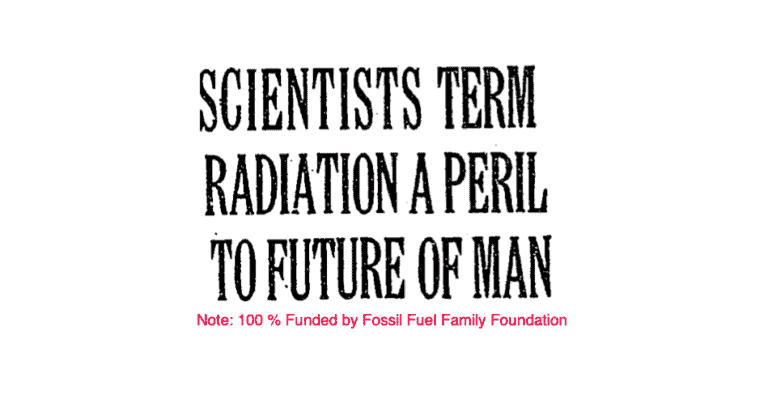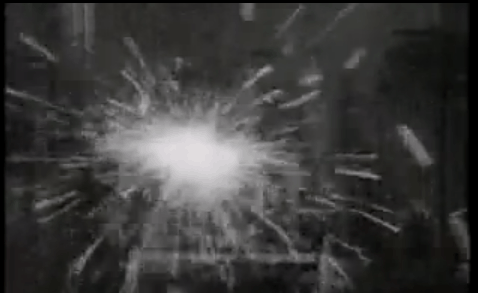One vignette in radiation fear campaign
Abject fear of radiation, even at low doses, is a root cause of the cost and schedule difficulties associated with atomic energy development and deployment. At Atomic Insights, we believe that most of the fear of low dose radiation is not only unwarranted, but it is also purposely created, taught and carefully reinforced by people….



